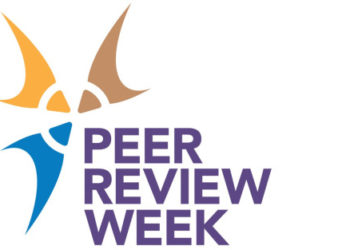
- Image via Wikipedia
A recent article in the New York Times about video curators online — sites and editors who compile lists and links to interesting or useful videos — speaks unabashedly about the value these arbiters provide:
You need digital curators.
These are the online equivalents of the extremely savvy, clued-in friends you always turn to for new new music, and who always get an invite to your cocktail party because you know they’ve got something interesting to talk about or show off.
Now, while I’ll accept their museum metaphor, I have to quibble with their use of the term “curator” here. What they really mean is “docent.” A curator collects, archives, and preserves objects — in this case, digital objects. A docent is a volunteer guide at a museum.
Curators are centralized. Docents are decentralized. This is a crucial distinction.
The subjects of the Times’ article are really digital docents.
We see these docents every day, with sites like the Huffington Post and the Daily Beast spotlighting news and opinion and garnering huge traffic for it. Google News has stirred up major controversies with news providers because it’s a more effective docent than any of the content owners have proven to be.
Ownership creates myopia.
Yet, interestingly, the New York Times’ piece reveals two things simultaneously without acknowledging either one of them.
First, every site worth visiting these days is serving the docent function. The Times’ piece highlights and describes several Web properties. Every blog post (including those on this blog) is guiding users to interesting content, the authors acting as docents. Even many Facebook and Twitter users are acting as docents, highlighting interesting articles, videos, and sites while indicating why they’re interesting.
Second, while curatorial sites can be useful, they aren’t much without marketing. Docents provide viral marketing, enhancing awareness. In an era of information abundance, marketing and linking are crucial aspects of success. Only with them will your content or assets rise above the new level of abundance and into the realm of the prominent.
Scholarly publishers are very experienced curators — collecting, preserving, and archiving interesting research. We aren’t especially adept or confident docents. We usually only point to what we own.
But in the digital realm, where things can exist independently and be reliably brought together virtually, and in an age of information abundance, ownership seems like a fading advantage.
At what point will or can we move to acting purely as digital docents? Will it happen? Should it happen? Should it be happening already?
Discussion
2 Thoughts on "A World of Digital Docents"
![Reblog this post [with Zemanta]](http://img.zemanta.com/reblog_e.png?x-id=399cc919-bdd5-4128-a6e6-c9ab3ab35094)


